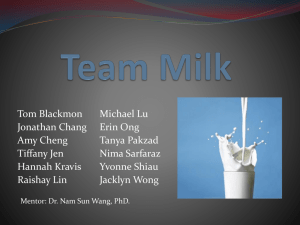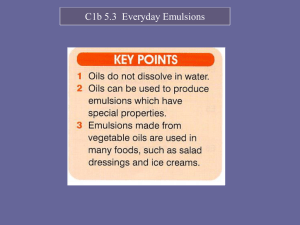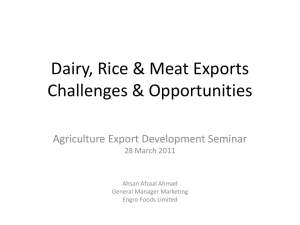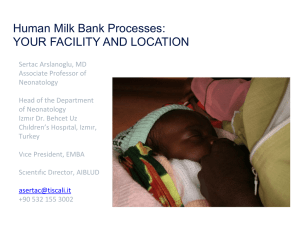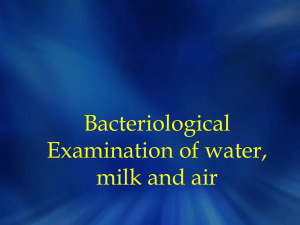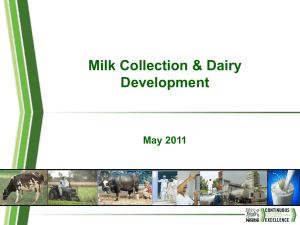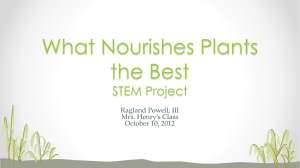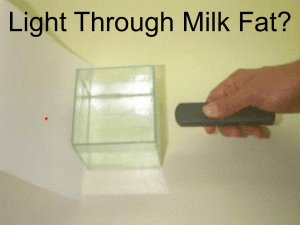Colleton County, SC
advertisement
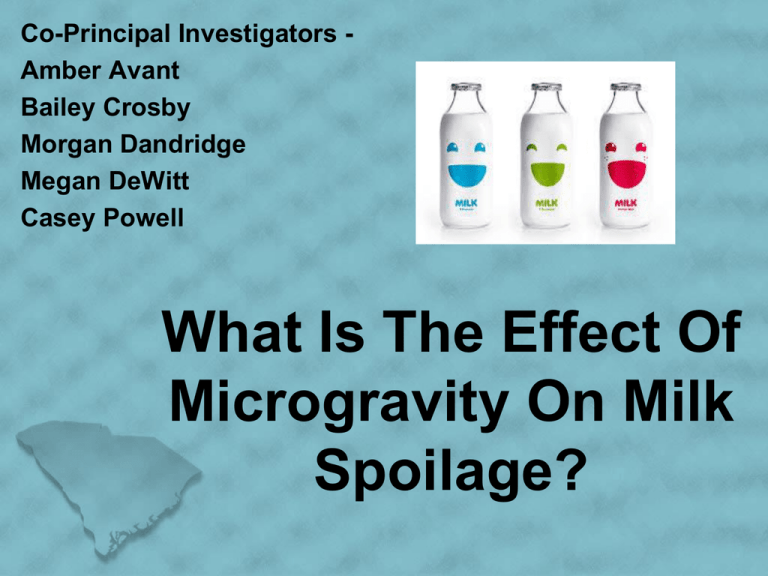
Co-Principal Investigators Amber Avant Bailey Crosby Morgan Dandridge Megan DeWitt Casey Powell What Is The Effect Of Microgravity On Milk Spoilage? Milk Spoilage - the point at which milk becomes unwholesome. Milk will have a bad odor & form curdles. Conditions for Milk Spoilage Air, Moisture, Light, Bacteria, Fat Content, & Lactose Milk Spoilage • Rancid – also called “on the turn,” milk is still consumable at this stage. • Curdling – Separation of curd and whey will occur but may still be consumable. • Coagulation – beyond use, a period of aromatic decay sets in accompanied by mold • Dry – beyond use, the milk has dehydrated and become hard and chalky. Stages of Spoilage Vol. 1 - 2.5 ml of whole milk Vol. 2 - 2.5 ml of skim milk Vol. 3 - 2.5 ml of 1% milk Refrigerator/Cold Packs Materials on Earth & Microgravity • Each type of milk; whole, skim, and 1% will: • be placed in FMEs - same day (2.5ml each volume) • be the same brand(Horizon ultra-pasturized) with same expiration date • be taken out of refrigeration same amount of time (approx. 6 weeks prior to going to space) • Not need necessary interaction while in space • Note: To keep the milk from getting cross contaminated, a pipette will be used to put the milk in each volume. Testing Procedures Earth & Microgravity Since we already know that there is more fat in whole milk, we believe the whole milk will spoil the fastest, however, we are unsure because the rate of coliforms (bacteria) and lactic acid will vary in microgravity. Hypothesis Since the project has not been tested on Earth, we have no conclusion. The experiment will be tested while the microgravity counterpart is in space. Our data will be qualitative: We will compare the 2 FMEs and look using a microscope to see which type of milk has the most curdles, the most smelly odor, and what the texture is like (the highest stage of spoilage) Conclusion Sponsors



